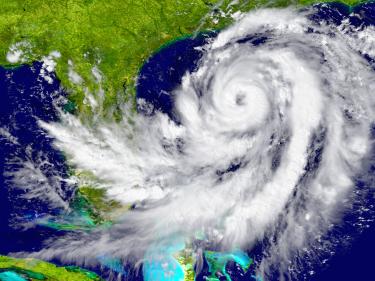Sea Level Impact Projection Studies: What They Are and What They Aren’t
Florida faces the prospect of sea levels rising along the state’s more than 1,300 miles of coastline. That vulnerability to flooding prompted the state Legislature to pass a new law requiring utilities, municipalities and other public entities to conduct Sea Level Impact Projection (SLIP) studies before undertaking and state-funded building projects in a designated coastal building zone. The new law goes into effect on July 1, 2021. The compliance deadline is one year later, in July of 2022.
This requirement builds on local efforts by communities and utilities to incorporate climate resilience into their new construction. Local governments in coastal communities also must have flood risk reduction provisions in their comprehensive plans and prevent risky development in vulnerable areas.
The Florida Department of Environmental Protection is developing rules for applying the new law. SLIP studies on state-funded construction projects must be undertaken and filed with DEP and follow these main requirements:
- Use a systematic, interdisciplinary and scientifically accepted approach in the natural sciences and construction design in conducting the study
- Assess the flooding, inundation and wave action damage risks relating to the coastal structure over its expected life or 50 years, whichever is less
The law has teeth: The state can get a court order to halt construction of a structure that lacks a SLIP study or require the project owner to reimburse the state for public funds used for the construction of the applicable project.
Here are some key guidelines for public entities planning projects that will require SLIP studies:
- Conduct a SLIP study that meets the requirements established by the FDEP.
- Make sure the Contractor for the state-funded project submits the SLIP study to the FDEP.
- Before construction can begin, the Contractor must have received notification from the FDEP that the SLIP study was both received and published on the FDEP website for at least 30 days.
FDEP is developing a tool that aims to be a user-friendly resource to help with completing the required SLIP studies.
Although the new law is a great step forward, local governments should understand that SLIP studies are limited in the long-term protection they can lead to for climate resilience of coastal water/wastewater facilities. Many facilities also are vulnerable to storm surge and the amplification of storm surge due to future sea level rise, even if they aren’t located in coastal hazard zones. For this reason, any coastal utility facility — whether a wastewater treatment facility, water treatment plant or critical pump/lift station — should have a climate vulnerability assessment performed using EPA’s Creating Resilient Water Utilities (CRWU) Resilient Strategies Guide as a framework for creating a climate resilient facility.
How Freese and Nichols can help you:
- Members of our Tampa-based team have years of experience from conducting multiple climate vulnerability assessments at water/wastewater facilities across Florida.
- Our firm has expertise in utilities, stormwater, coastal, structural, providing a full-service skillset to address infrastructure needs.
- Our experience covers a range of solutions to protect vulnerable facilities, including flood walls, berms, deployable measures, pumping stations and master planning for long-range approaches.





